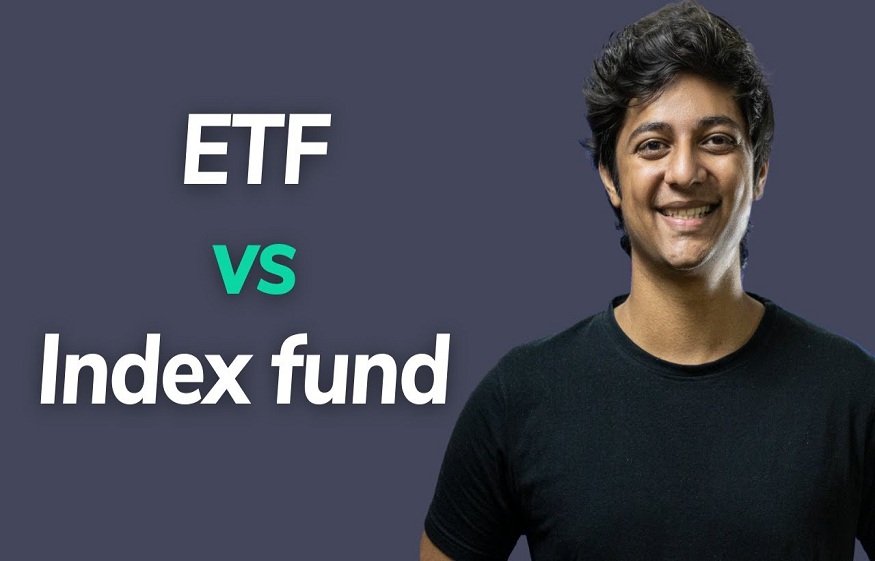When it comes to building a secure future, investing is an essential element, offering a critical avenue for long-term financial planning and wealth growth. However, not everyone has the expertise or resources to actively manage a portfolio. If you are an investor who prefers a more passive approach, then you might find exchange traded funds (ETFs) and index funds to be worthwhile options. –
Both investment vehicles enable investors to diversify their portfolios while tracking market performance. But when it comes to one’s investment horizon, cost structure, and trading flexibility, ETFs and index funds differ significantly. Understanding these aspects is important if you are trying to leverage these funds as part of your overall investing strategy.
To simplify your investment decisions, a thorough analysis of ETFs and index funds, their benefits, and associated risks can be helpful. Let’s take an in-depth look at each one.
ETFs and index funds | An overview
Index funds are passive mutual funds that track the performance of an underlying index, like the Nifty or Sensex. These funds aim to replicate the returns of the index they follow by holding the same assets in the same proportions as the index itself.
An ETF is a basket of securities that tracks an index, a commodity signals, bonds, or assets. They trade on stock exchanges just like stocks, and some types of ETFs available for investments include index ETFs, gold signals, international ETFs, and liquid ETFs.
ETFs vs index funds – Key differences to understand
-
Pricing and trading
ETF prices are determined in real-time throughout the trading day, enabling investors to quickly capitalise on market fluctuations. This feature allows ETFs to operate like individual stocks, offering enhanced flexibility and liquidity as they can be bought and sold anytime the market is open, catering to the demands of investors who prefer active management.
The net asset value (NAV) of index mutual funds is calculated at the end of the trading day, which may limit investor response time to market changes.
-
Portfolio disclosure
ETF funds offer a higher level of transparency, disclosing their holdings on a daily basis. This gives investors a clearer picture of the underlying assets and enables them to accurately assess the funds’ market exposure.
Index funds disclose their holdings periodically. This frequency might not suit all investor types, especially those who prefer monitoring their portfolio composition more actively.
-
Transaction cost/fees
Index funds generally carry higher expense ratios, which is the fee charged by the fund provider to cover administrative and management expenses. However, they notably offset this by incurring fewer transaction costs due to their infrequent trading activities. ETFs, entail transaction costs each time you buy or sell units, just like individual stocks, which can impact your returns.
-
Ease of investment
When investing in index funds, you can choose between the physical or the demat form, the latter being a more seamless and paperless method. ETFs require trading and demat accounts for investment purposes, which can further add to the total cost of ownership in addition to the expense ratio.
-
Tracking error
The tracking error of ETFs and index funds determines how closely they replicate the performance of their underlying index.
While both investment products aim to minimise this discrepancy, ETFs are able to track an index more closely. ETFs do not need to keep funds aside for liquidity purposes, allowing them to invest more fully in the assets that comprise their target index. Index fund managers usually have to reserve a certain percentage of their funds to facilitate buy and sell transactions for their investors, which sometimes can be the reason for high tracking error.
So, which one to choose between ETFs and index funds?
Deciding between ETFs and index funds needs a thorough evaluation of your risk tolerance, investment horizon, tax savings strategy, liquidity requirements, expense ratio affordability, and overall financial goals. By carefully examining these aspects, you can better understand which investment product better aligns with your financial objectives.
Remember that it’s possible to include both ETFs and index funds in your investment strategy for optimal balance and diversification in your mutual fund portfolio.


